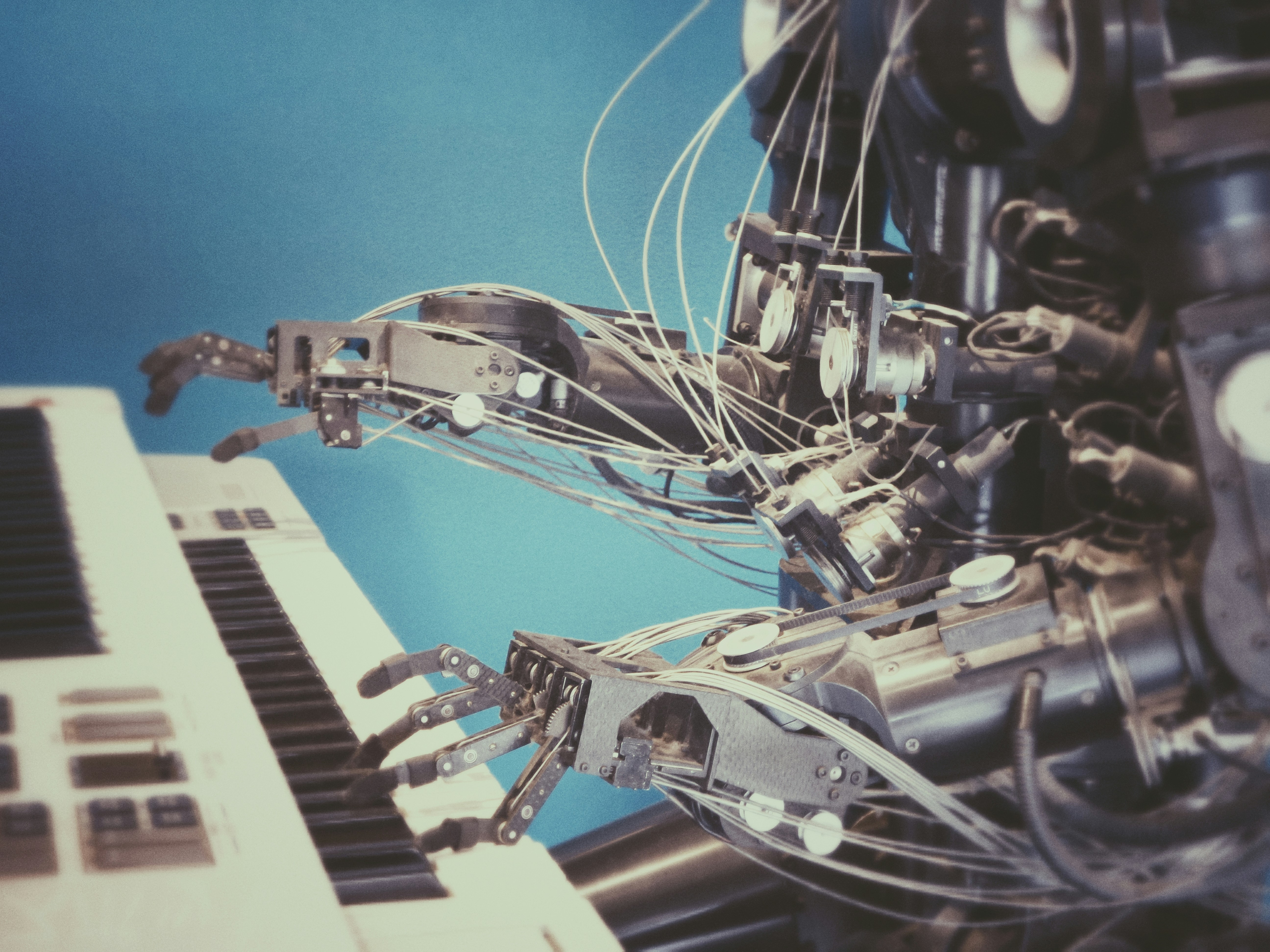
Machine Learning Hiring Trends 2026: What to Watch Out For (For Job Seekers & Recruiters)
As we move into 2026, the machine learning jobs market in the UK is going through another big shift. Foundation models and generative AI are everywhere, companies are under pressure to show real ROI from AI, and cloud costs are being scrutinised like never before. Some organisations are slowing hiring or merging teams. Others are doubling down on machine learning, MLOps and AI platform engineering to stay competitive. The end result? Fewer fluffy “AI” roles, more focused machine learning roles with clear ownership and expectations. Whether you are a machine learning job seeker planning your next move, or a recruiter trying to build ML teams, understanding the key machine learning hiring trends for 2026 will help you stay ahead.

